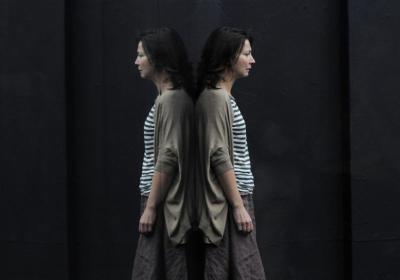Anything I perceive to threaten intimacy between actors and audience is bound to make me suspicious, if not outright hostile. Stage to ceiling glass on three sides separating actors and audience is not the way to win my heart, but that’s the first thing you see at the beginning of The Wild Duck, in a version by the Belvoir Sydney theatre company. This and an actual live duck looking at you behind the glass. I felt ambivalent to say the least. As ambivalent one can feel looking at a duck preening its feathers.
How wrong was I? Yes, the actors perform behind a glass screen in what looks like a square box, they wear mikes and the sound is explicitly designed for their voices to be heard through speakers, yet all these – and several other elements – build into something unbearably intimate, like skin on skin or the blood rushing in your ears. And if my first thought was around a contradiction (what kind of connection can be achieved with so many elements designed to separate?), it turns out the whole production is designed around contradictions: Bare open stage and mirroring distortions, very few props but a live duck, baroque music but unsentimental performances. I can’t pretend to understand how these contradictions work but it felt like this: a multifaceted onslaught – elegant yet relentless – that corrodes the defences. Continue reading




